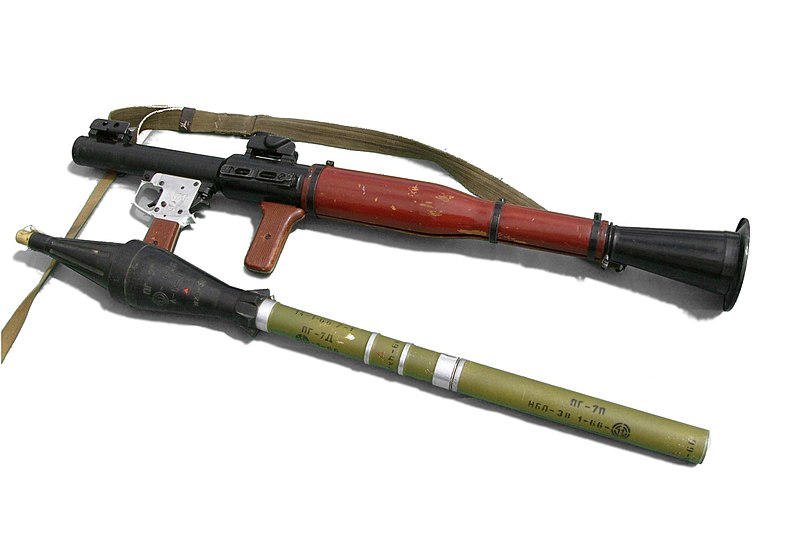I know I’m flirting with “Primarily Opinion Based” here, but I’m hoping there’s some established knowledge out there in the community that I might be completely oblivious to.
If you look at pretty much any science fiction setting, the design for any kind of ranged weapon is based on a modern gunpowder firearm. My issue is that these weapons are primarily designed around the requirements of the mechanism. Modern rifles and handguns are just about as ergonomically optimized as they can be, but the primary design considerations always start with the receiver/magazine/barrel assembly, and the next most important thing is recoil control.
So, the question is: If you have a solid-state kind of ranged weapon, directed energy or otherwise, where you can start with a clean slate on the shape and mass distribution, what would it look like if your PRIMARY design objective were to make it as easy as possible for a human being to aim intuitively and instinctively.
For the purposes of this exercise, assume the weapon isn’t going to be applying any force vectors itself (no recoil or vibration), but that we DO want to make the point of aim as stable as possible.
I feel like the right answer is probably:
- Three points of connection to the body at both hands and one shoulder (just like a modern firearm).
- Center of mass directly above the firing (rearward) hand, or directly above the line from the firing hand to the point of connection at the shoulder.
- Weapon’s axis of fire should be aligned as closely
with and to the line made by an extended index finger from the
firing hand. (e.g. using the weapon as a natural extension of the
hand)
Are these the right assumptions though? Are there better and/or more stable ways to hold a ranged weapon to optimize hand-eye coordination? Am I missing any important ergonomic factors here?
EDIT: For this particular question, I'm looking for designs that passively align themselves most effectively to the body's natural hand-eye coordination, rather than something that (for example) relies on servomotors and measurement of the user's eye movements to mechanically align the aimpoint of the weapon to the eyeline of the user.









![3]](https://i.sstatic.net/mBJgD.jpg) (Australian police holding a drone jammer gun. Via ZDnet)
(Australian police holding a drone jammer gun. Via ZDnet)
